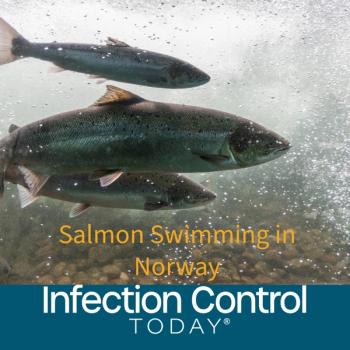
New Intranasal Flu Vaccine Triggers Robust Immunity With Less Antigen
A single administration of a novel, nasally delivered influenza vaccine elicited immune responses in ferrets that were more than 20 times higher than those generated by two injections of the currently approved vaccines, according to a study by NanoBio Corporation. The new vaccine used only half the standard antigen dose to produce this effect.
Results of the study are being presented today at the 48th Annual Interscience Conference on Antimicrobial Agents and Chemotherapy (ICAAC)/Infectious Diseases Society of America (IDSA) 46th annual meeting in Washington, D.C.
The company's nasal vaccines exert adjuvant activity without the need for pro-inflammatory materials, toxins or cytokines.
"Our nanoemulsion-based intranasal vaccine adjuvant system represents a paradigm shift in vaccinology. It can be used to safely deliver multiple antigen types directly into the lining of the nasal mucosa, which is rich in dendritic cells that present the antigen(s) to the immune system," said James R. Baker, Jr., MD, founder and chairman of NanoBio Corp. "The nanoemulsion adjuvant uniquely interacts with these cells to trigger unparalleled mucosal and systemic immunity."
In the study, ferrets received 7.5, 15 and 45 micrograms of nanoemulsion-adjuvanted influenza vaccine (n=12 ferrets/dose). All three doses produced antibody responses substantially higher than those triggered by the standard intramuscular vaccine. The ferrets, which represent the most relevant influenza animal model for humans, were then challenged with live influenza virus, and all were protected.
"A large, unmet medical need still exists for protecting people from influenza infection," Baker said. "The robust immunity and antigen-sparing capability demonstrated in this study are especially important for addressing this unmet need, as are the demands for a vaccine that would protect people in the face of a flu pandemic."
NanoBio plans to begin a phase 1 clinical study for seasonal influenza in the first half of 2009 and is currently initiating preclinical studies in pandemic flu.
Source: NanoBio Corporation
Newsletter
Stay prepared and protected with Infection Control Today's newsletter, delivering essential updates, best practices, and expert insights for infection preventionists.






